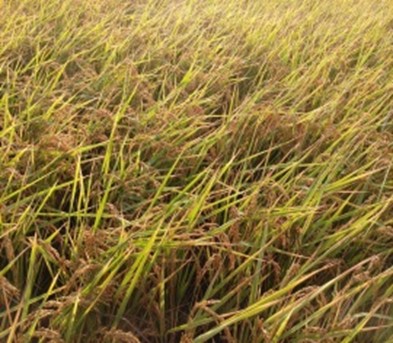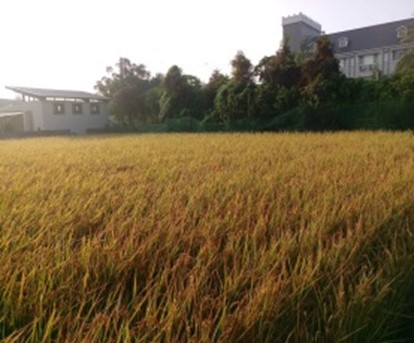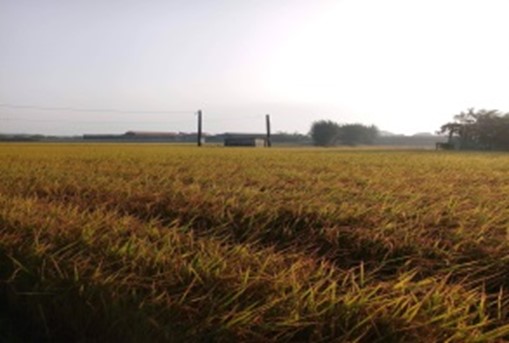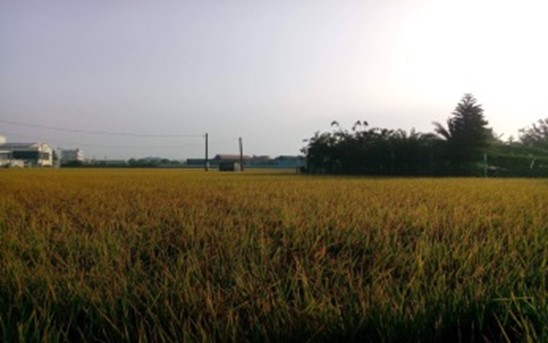Rice in China was primarily grown in the Yellow River Basin. It was introduced to Taiwan about 5,000 years ago (during the New Stone Age) when trading started. In the 17th century when the Dutch people came to Taiwan, they noticed that Taiwan was a suitable place to grow rice. They brought in the concept and techniques of agriculture and obtained commercial gains via trading. At that time, Japonica rice was grown. Under the Japanese Colonial Rule, the government’s policy was to develop industries in Japan and agriculture in Taiwan. As a result, Japonica rice was cultivated into different varieties. The original variety in Taiwan was “Zan rice” (later called “Zailai rice”) introduced during the Qing Dynasty. However, the Japanese people tried to grow Japanese varieties in Japan to cater to their taste buds. Due to differences in the environment, it took them nearly ten years to find the right variety. At that time, Governor-General of Taiwan, Izawa Takio, named it “Penglai rice”, the rice from the Penglai Immortal Island.
Subsequently, the government was actively constructing irrigation facilities for all the major rivers. This combined with a diversity of soils and modern equipment made Taiwan the home to many quality, local flavored rice varieties. However, the farmers in Taiwan were faced with many challenges, and the rice blast disease was one of such challenges.
The rice blast disease hits on rice when changing temperatures undermines its immunity. Many farmers saw their paddy fields ruined by this disease. As the Taiwanese people relied on rice for almost all the meals, farmers worked hard to improve cultivation techniques and varieties, in order to feed the population.
Changing times over recent years and fusion of world cultures have diluted the importance of rice as a staple. Many people have opted for wheat or relied on potatoes and sweet potatoes. May Rice Products have been developed to buck this unfavorable trend and to preserve the precious heritage of the rice culture in Taiwan.
The history of rice growing in Taiwan is the reflection of the journey taken by our ancestors – the introduction or rice, the establishment of irrigation facilities, the improvement of rice varieties, and the fight against rice pests and diseases. It is with their achievement that Taiwan is now capable of providing technical assistance to many developing countries. A bowl of Taiwanese rice is the fruit of tears and perspirations from millions of people. Rice does not only keep us fed. It connects for us with the past, the present, and the future.




2020.08.04, 2020.08.28, 2020.11.15 interview records
http://library.taiwanschoolnet.org/cyberfair2002/C0212800037/culture/culture_01/culture_01.htm
https://zh.wikipedia.org/wiki/%E7%A8%BB
https://news.ltn.com.tw/news/life/breakingnews/1409043
https://book.tndais.gov.tw/Brochure/tech161.pdf
Taken by our team member
 top
top  Homepage
Homepage